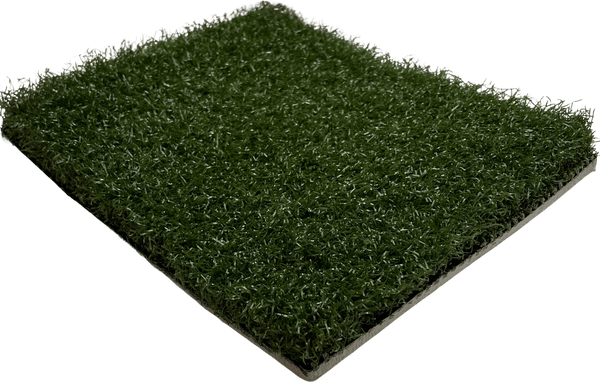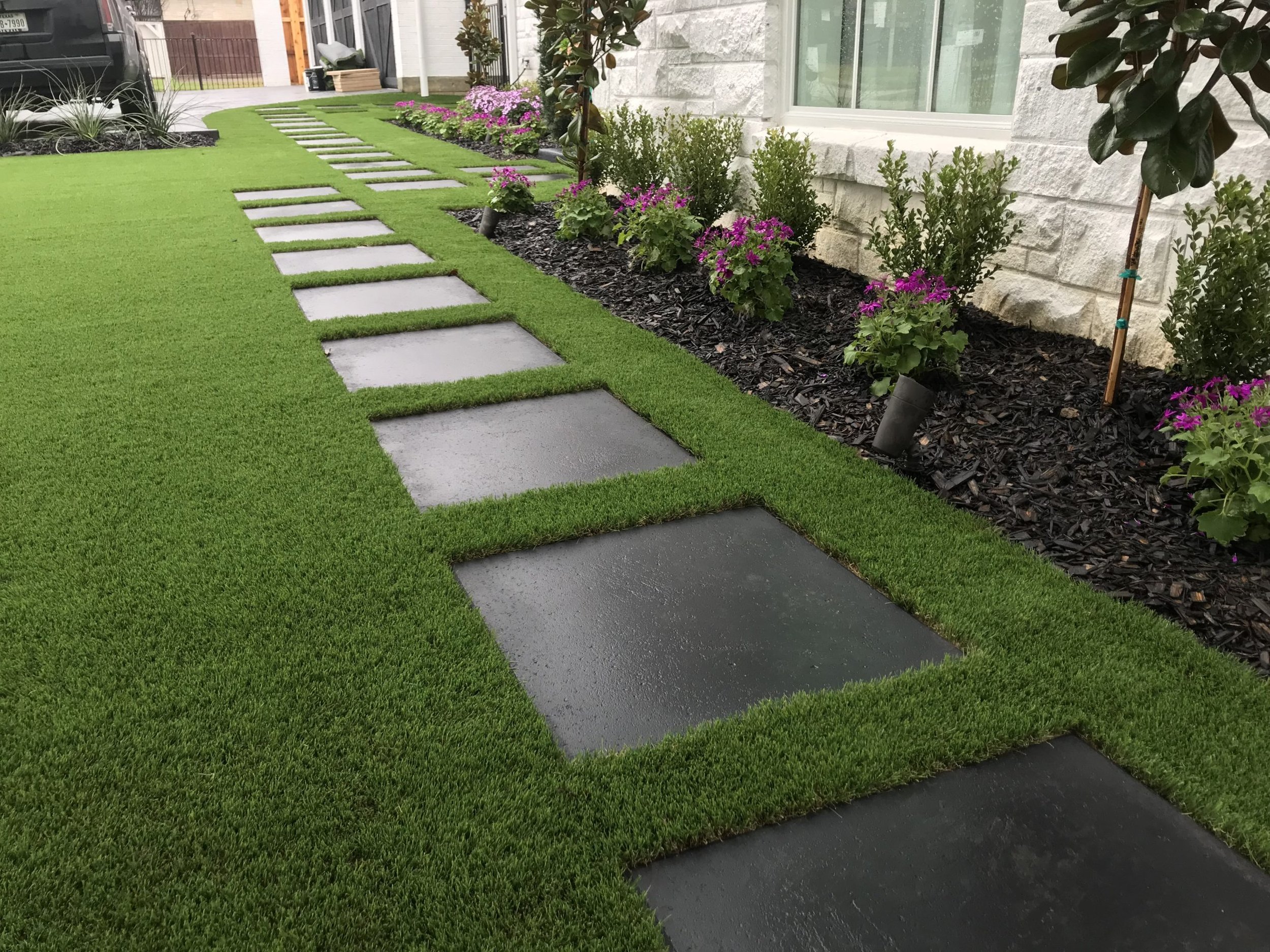Look Into the Environmental Perks of Opting for Artificial Grass Solutions
The adoption of man-made lawn remedies presents a compelling opportunity to deal with pressing ecological difficulties. By dramatically reducing water usage and decreasing the application of damaging chemicals, these options not just advertise lasting landscape design however additionally secure neighborhood ecosystems.
Water Conservation Benefits
One of the most considerable advantages of man-made grass is its capability to conserve water. In comparison, synthetic turf does not require watering, considerably reducing the total demand for water resources.
By eliminating the demand for regular watering, synthetic grass adds to lasting landscape practices and assists mitigate the environmental influence of excessive water usage. The conservation of water extends to the decrease of drainage, which can lead to soil erosion and river air pollution.
Additionally, the setup of synthetic lawn enables towns and property owners to allocate water resources a lot more successfully, concentrating on vital usages such as alcohol consumption water and farming. The change towards synthetic grass not only promotes accountable water use yet additionally straightens with more comprehensive environmental goals targeted at preserving natural deposits.
As communities increasingly prioritize sustainability, the water conservation benefits of synthetic turf present a compelling case for its adoption in residential and commercial landscape design tasks.
Lowered Chemical Use
The change to synthetic grass substantially reduces the reliance on chemical therapies frequently utilized in natural turf maintenance. Traditional lawn monitoring commonly includes the application of chemicals, herbicides, and plant foods to promote growth and control parasites. These chemicals can pose threats to human health, neighborhood wild animals, and the environment, adding to dirt and water contamination.
In contrast, synthetic grass gets rid of the need for these harmful materials. When installed, it calls for very little upkeep, mostly containing normal cleaning and infrequent infill replenishment. This decrease in chemical usage not just benefits the prompt setting however additionally contributes to broader environmental stability. By decreasing the release of artificial compounds right into the community, fabricated grass advertises healthier dirt and water systems.
In addition, the absence of chemical overflow connected with synthetic grass installments helps secure neighborhood waterways from contamination, sustaining marine life and maintaining biodiversity. Artificial turf companies phoenix. As neighborhoods significantly prioritize sustainable practices, selecting synthetic grass provides a sensible solution that aligns with environmental conservation goals. With this change, homeowner can appreciate lavish green spaces without compromising ecological health and wellness, paving the method for a much more lasting future
Lower Carbon Footprint

Furthermore, the installation of synthetic grass can cause substantial water conservation. Natural grass require considerable amounts of water for irrigation, which not only contributes to the carbon footprint connected with water removal and site here therapy yet additionally pressures neighborhood water sources. In contrast, artificial turf needs minimal maintenance, requiring no watering, thereby considerably minimizing water usage and its connected energy costs.
Additionally, the longevity of synthetic grass adds to its lower carbon influence. With a life-span of approximately 15 years or even more, the requirement for regular replacements is diminished, resulting in much less waste and reduced energy consumption in manufacturing and dealing with conventional grass alternatives. Overall, fabricated lawn provides a sustainable option for environmentally mindful landscape design.
Habitat Preservation
Environment conservation is an important factor to consider in the discussion over landscaping selections, especially when contrasting man-made grass to all-natural lawn. All-natural lawn lawns typically call for substantial upkeep, including the usage of pesticides, plant foods, and herbicides, which can negatively influence regional communities. These chemicals can seep into the dirt and waterways, hurting native plants and animals and interrupting local habitats.
On the other hand, synthetic grass offers a chance to lower the ecological impact of landscape design. By choosing artificial turf, house owners can minimize the interruption of all-natural habitats related to typical lawn care techniques. Artificial grass gets rid of the demand for hazardous chemicals, consequently protecting close-by wildlife and keeping the honesty of surrounding communities. Additionally, the installment of artificial grass can cause the conversion of previous yard areas into more biodiverse landscapes, such as pollinator gardens or native plant locations, which can sustain local wildlife.
Inevitably, the change to fabricated lawn not just saves water and minimizes maintenance efforts but also fosters an extra unified partnership in between human activities and the native environment, advertising environment preservation at the same time.
Long-Term Sustainability
Long-term sustainability is an essential consider examining the advantages of synthetic grass over standard turf lawns. Among the most web significant advantages of synthetic grass is its durability; it can last approximately 15-20 years with very little upkeep, whereas natural turf needs regular reseeding and substitute. This durability lowers the demand for constant sources, such as water, fertilizers, and chemicals, which are vital for maintaining a healthy and balanced grass yard.
Additionally, fabricated grass adds to a reduction in carbon exhausts connected with yard care devices. Traditional yards frequently call for gas-powered mowers, leaners, and blowers, every one of which contribute to air contamination. Arizona turf. On the other hand, fabricated turf gets rid of the demand for such equipment, advertising a cleaner environment
Additionally, the manufacturing of synthetic lawn increasingly uses recycled products, boosting its sustainability profile. As producers take on environment-friendly techniques, the environmental footprint of synthetic lawn remains to diminish.

Verdict
The adoption of artificial grass solutions provides considerable environmental advantages, including significant water preservation, decreased reliance on harmful chemicals, and a reduced carbon footprint. Moreover, synthetic grass aids in maintaining natural environments by reducing land disruption and promoting long-lasting sustainability via the use of sturdy materials. Jointly, these factors underscore the capacity of artificial grass to add favorably to environmental health and wellness and use a viable option to standard landscape design practices in a progressively resource-conscious globe.
In comparison, artificial grass does not need watering, dramatically reducing the overall demand for water sources. By decreasing the launch of artificial compounds into the ecosystem, synthetic grass promotes much healthier dirt and water systems.
In addition, the installment of artificial turf can result in substantial water conservation. In contrast, synthetic turf needs minimal maintenance, requiring no watering, thus substantially minimizing water use and its connected power expenses.
